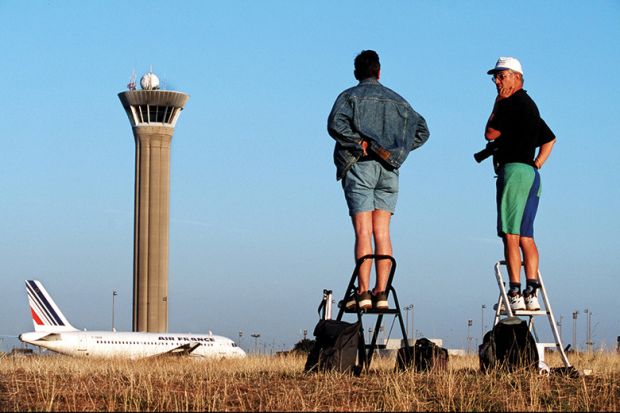Universities that are looking to improve their position in global rankings might make efforts to increase their research output or boost their student-to-staff ratio.
But such institutions could be better off simply relocating close to an international airport, suggest the findings of a study.
Researchers from the University of Warwick and the Alan Turing Institute examined the relationship between universities’ performance in ShanghaiRanking’s Academic Ranking of World Universities between 2005 and 2016 and their global connectivity, based on their access to international airports and flights over the same period.
The study found that universities well connected to “global transportation hubs” tended to rise up rankings faster than those of similar rank but in less connected areas.
The main factor contributing to the rise in the rankings was proximity to airports that have more direct flights to other global hubs, rather than the number of flights or the number of connections alone.
The academics also ruled out local economic development as a confounding factor, showing that access to global transport hubs outweighed economic performance as a determinant of a university’s ranking position.
Weisi Guo, associate professor in the School of Engineering at Warwick, an Alan Turing Institute fellow and co-author of the study, said that the research showed that “face-to-face international interactions underpin university excellence”.
“While existing universities cannot change their location and are not likely to significantly influence airline operating patterns, it is possible to incentivise and subsidise international collaboration,” he said.
“While the research outcome is intuitive, we are able to quantify the relationship between connectivity and ranking, providing the first step in the evidence that can lead to informing university and regional development policy.”
Ganna Pogrebna, professor of economics at the University of Birmingham, who jointly carried out the research while at the University of Warwick’s WMG industrial research unit, added that the findings could help to inform decisions about where to locate new universities.
“This study shows that when making plans to build a new university, policymakers need to consider how it would fit into the overall transport infrastructure of the area,” she said.
“Specifically, successful universities of the future need to be well connected via the global air network.”




